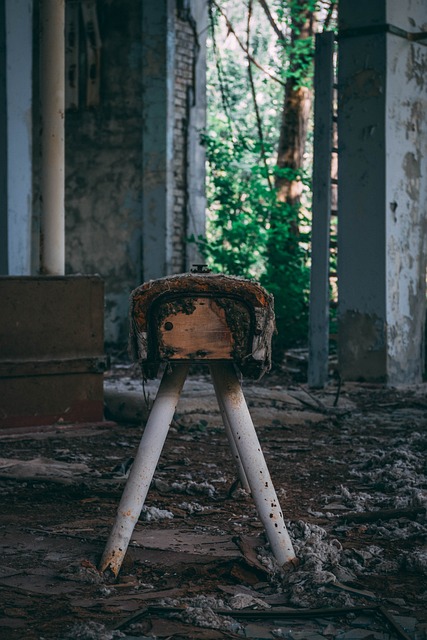San Antonio's vulnerability to severe weather events necessitates efficient storm damage repair for homeowners. Local authorities collaborate to provide temporary shelters, offering safety and comfort while permanent fixes are underway. Key considerations for these shelters include structural integrity, durable materials, quick assembly, and accessibility. After the initial crisis, a coordinated effort involving local governments, relief organizations, and volunteers ensures swift deployment, maintenance, and community support for these structures, catering to both physical and psychological needs of San Antonio residents post-disaster.
In the aftermath of a storm, swift and effective disaster reconstruction temporary shelter solutions are paramount for San Antonio residents. This article explores the critical role these shelters play in mitigating the impact of storm damage repair for San Antonio homeowners. We delve into understanding the extent of local storm damage, key considerations for choosing suitable shelters, and successful implementation and maintenance strategies post-storm. Essential insights for navigating this challenging period.
- Understanding Storm Damage and Temporary Shelters in San Antonio
- Key Considerations for Choosing Effective Disaster Reconstruction Shelters
- Implementing and Maintaining Temporary Shelter Solutions Post-Storm
Understanding Storm Damage and Temporary Shelters in San Antonio

San Antonio, like many cities in Texas, is prone to severe weather events, including powerful storms that can cause extensive storm damage. When such disasters strike, immediate and effective storm damage repair becomes crucial for San Antonio homeowners. Temporary shelter solutions play a vital role in this process, offering safety and comfort during the recovery period.
Understanding the scope of storm damage is essential. High winds, heavy rainfall, and lightning strikes can leave homes with shattered windows, torn roofs, and structural integrity issues. In such situations, temporary shelters provide a safe haven while permanent repairs are underway. Local organizations and emergency services collaborate to erect these structures swiftly, ensuring residents have a place to shelter from the elements and begin the process of storm damage restoration for their San Antonio properties.
Key Considerations for Choosing Effective Disaster Reconstruction Shelters

When selecting disaster reconstruction shelters, several critical factors come into play, especially in regions like San Antonio prone to severe weather events causing storm damage. Firstly, the shelter should be designed with structural integrity to withstand high winds and flying debris, ensuring it provides a safe haven during emergencies. Material choice is paramount; robust, impact-resistant materials such as reinforced metal or concrete offer superior protection against natural disasters.
For temporary housing solutions, practicality and ease of installation are essential considerations for San Antonio homeowners. Shelters that can be swiftly assembled and easily disassembled cater to the rapid rebuilding process post-disaster. Additionally, accessibility and comfort features cannot be overlooked; adequate ventilation, lighting, and space planning enhance the overall livability, addressing not just survival needs but also the psychological well-being of occupants during and after such events.
Implementing and Maintaining Temporary Shelter Solutions Post-Storm

After a storm hits, the immediate priority is ensuring public safety and addressing critical needs like food and medical care. However, once these initial crises are under control, the focus shifts to storm damage repair, including implementing and maintaining temporary shelter solutions for those displaced from their homes. For San Antonio homeowners, rapid and efficient deployment of such shelters can significantly alleviate the burden of displacement, offering a sense of security and normalcy amidst chaos.
Local governments, disaster relief organizations, and volunteers play pivotal roles in setting up these temporary structures. They must consider factors like capacity, accessibility, and weather-resistance to ensure these shelters provide adequate protection from further storms and harsh conditions. Regular maintenance is crucial to keep the shelters functional and habitable, requiring continuous monitoring for repairs, cleaning, and security measures. Efficient coordination between relief efforts and affected communities ensures that these temporary solutions remain effective until permanent housing can be secured.
In light of the significant impact of storms on San Antonio communities, efficient disaster reconstruction temporary shelter solutions are vital for San Antonio homeowners. By understanding storm damage and implementing effective shelter choices, residents can navigate post-storm challenges with resilience. Key considerations, such as portability, durability, and ease of assembly, ensure these shelters meet immediate needs while supporting the broader recovery process. Proper maintenance is crucial to prolonging their lifespan, making them a practical investment for those affected by storm damage repair in San Antonio.
